How to buy a dodo or a mermaid at auction
Our antiquities expert Huon Mallalieu on fantastic beasts and where to buy them.
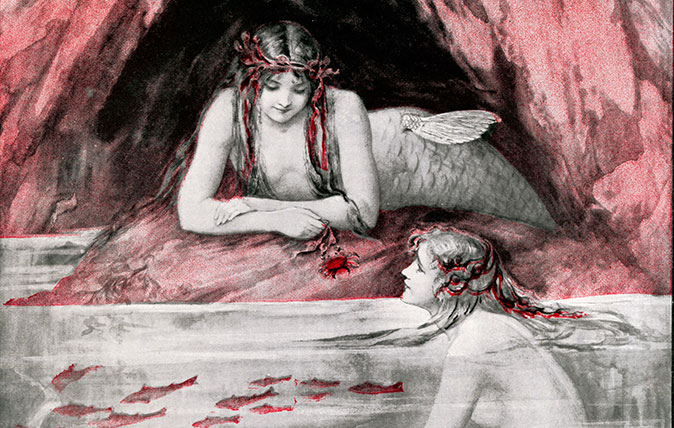

Dodos are probably the most famous creatures to become extinct since the dinosaurs, so it’s surprising how many unanswered, many gustatory, perhaps unanswerable, questions are attached to them.
What did dodos eat? Were they as fat and ungainly as we imagine, or did they only plump up against times when food was scarce – and why should it have been scarce for fruit-eaters in the tropics? How much was their extinction due to sailors clubbing them for food and how much to imported cats, rats, monkeys and pigs eating the single eggs that they laid? What did they taste like?
The dodo was first encountered by Dutch sailors in 1598, and apparently they named it either Walghvogel – from walg (disgusting) – or duodaars (knotarse, from the tufty tail-feathers). Against all appearances, the dodo was of the pigeon family. The breast was said to be palatable and it has been suggested that it was best eaten with mangoes.
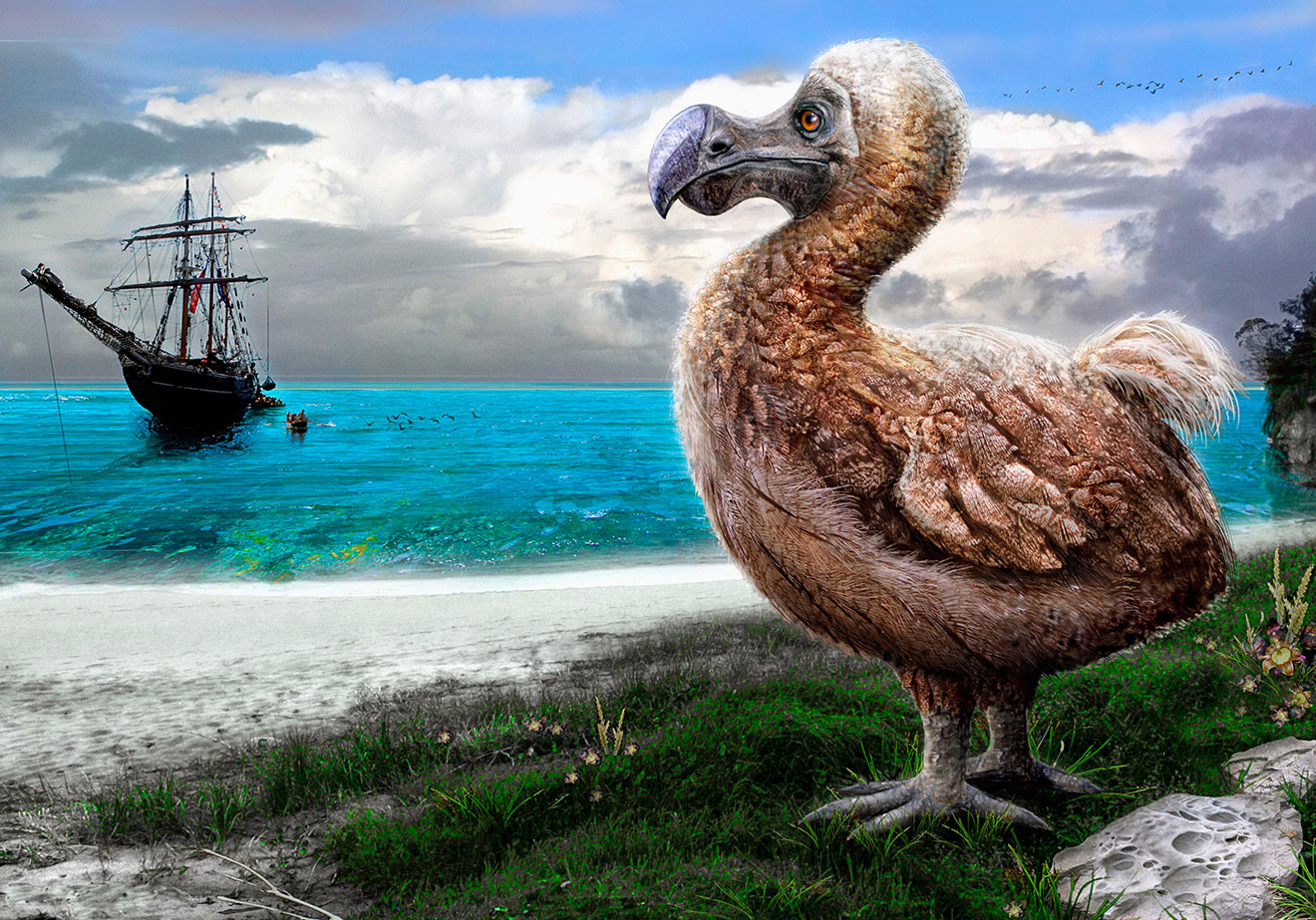
That most dodo bones that have been discovered came from the same little patch of marsh in a corner of Mauritius can be explained. It is because below the Mare aux Songes is a layer of coral sand that renders the swamp water less acid than elsewhere.
Why, though, in 1865, did a local schoolmaster decide to look just there for bones; and why call the place the Marsh of Dreams? Most bones in museums came from it, but, in about 1940, it was filled with hard core by the British army because it was malarial. Recently, it’s been opened up again and many more ancient specimens have been found, together with other bones, some also from extinct species.
Bones come up for auction very rarely, although the latest finds might change that. In 2016, a complete, but composite, skeleton sold for £280,000 (plus premium) at Summers Place in Sussex and at the now extinct Christie’s South Kensington a bone fragment made nearly £7,000 in 2013.
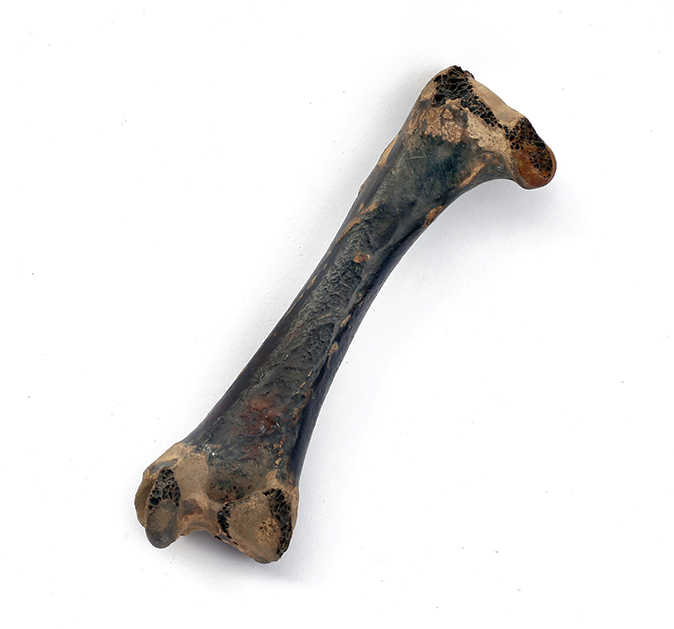
In February, another small, blackened bone (above) came up in the inaugural ‘Out of the Ordinary’ sale at Sworders of Stansted Mountfitchet, where it reached £4,849. The vendor was the author and artist Errol Fuller, an authority on extinct birds. Most dodo bones are brownish and Mr Fuller explained that the black was caused by surrounding roots in the swamp. He also warned that ‘all the models in museums are fakes, usually made with chicken feathers’.
Sign up for the Country Life Newsletter
Exquisite houses, the beauty of Nature, and how to get the most from your life, straight to your inbox.
That warning might equally apply to any mermaid one might find in a museum. These were traditionally made for Shinto shrines in Japan. In 1810, some canny Dutch merchants palmed one off on an American, who sold his ship for $6,000 to pay for it. It was brought to London and then shown by Barnum in New York.
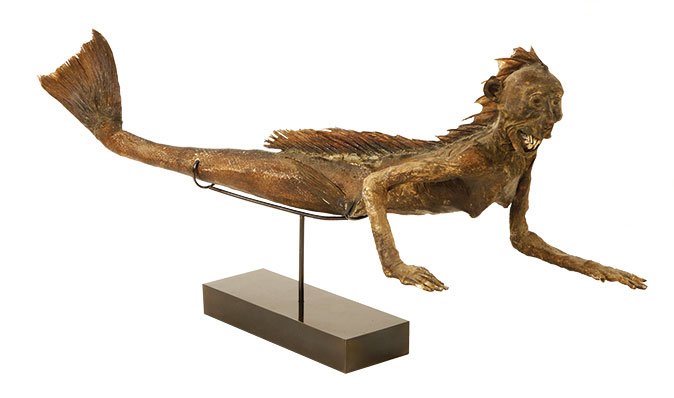
Thereafter, mermaids proliferated, usually made from wood or papier-mâché with assorted bones or perhaps by marrying a fish and a monkey, such as the ‘Japanese monkey-fish’ in the Wellcome Foundation or the ‘Feejee mermaid’ (above) that made £5,989 at Sworders. Three years ago, a similar fabrication made much the same at Woolley & Wallis.
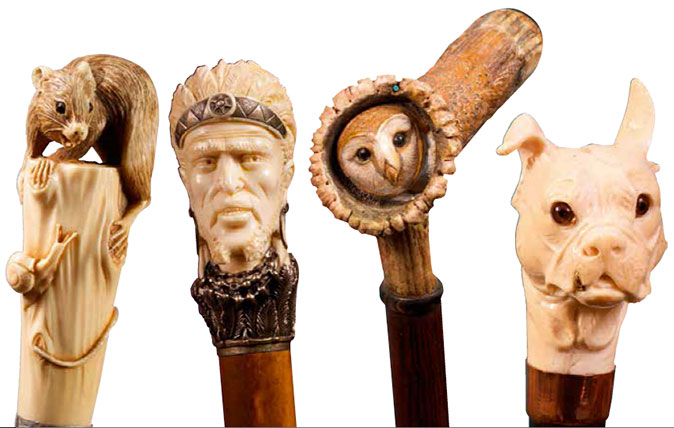
From hidden swords to Sting, everything you need to know about walking canes
Sported by traditional types, the walking cane is both stylish, practical – and sometimes deadly.
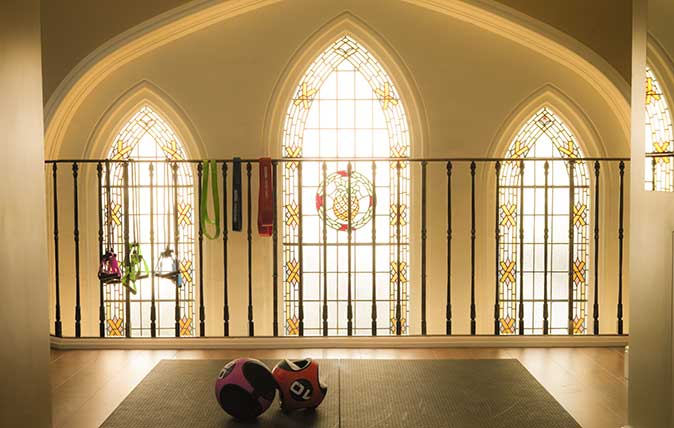
South Kensington Club review: 'A cabinet of curiosities worthy of Lewis Carroll'
Annunciata Walton takes a dip into the world of Watsu – an innovative aquatic Shiatsu treatment – at London’s exclusive
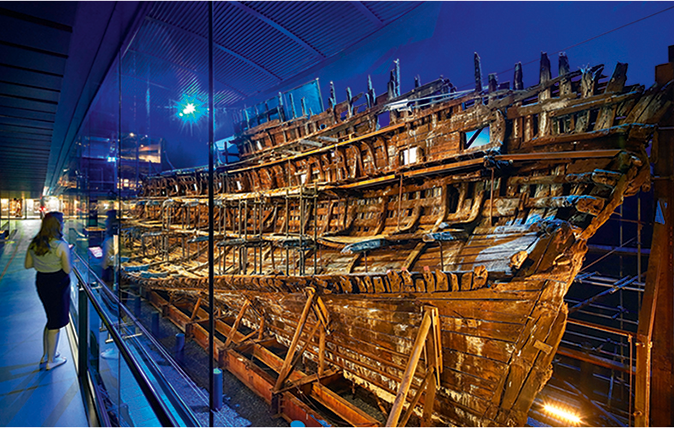
The Mary Rose museum review: Prepare to be moved and impressed
Huon Mallalieu re-visits the Mary Rose museum in Portsmouth for the first time since its refurbishment – and suggests we all
Country Life is unlike any other magazine: the only glossy weekly on the newsstand and the only magazine that has been guest-edited by HRH The King not once, but twice. It is a celebration of modern rural life and all its diverse joys and pleasures — that was first published in Queen Victoria's Diamond Jubilee year. Our eclectic mixture of witty and informative content — from the most up-to-date property news and commentary and a coveted glimpse inside some of the UK's best houses and gardens, to gardening, the arts and interior design, written by experts in their field — still cannot be found in print or online, anywhere else.
-
 'To exist in this world relies on the hands of others': Roger Powell and modern British bookbinding
'To exist in this world relies on the hands of others': Roger Powell and modern British bookbindingAn exhibition on the legendary bookbinder Roger Powell reveals not only his great skill, but serves to reconnect us with the joy, power and importance of real craftsmanship.
By Hussein Kesvani
-
 Spam: The tinned meaty treat that brought a taste of the ‘hot-dog life of Hollywood’ to war-weary Britain
Spam: The tinned meaty treat that brought a taste of the ‘hot-dog life of Hollywood’ to war-weary BritainCourtesy of our ‘special relationship’ with the US, Spam was a culinary phenomenon, says Mary Greene. So much so that in 1944, London’s Simpson’s, renowned for its roast beef, was offering creamed Spam casserole instead.
By Country Life